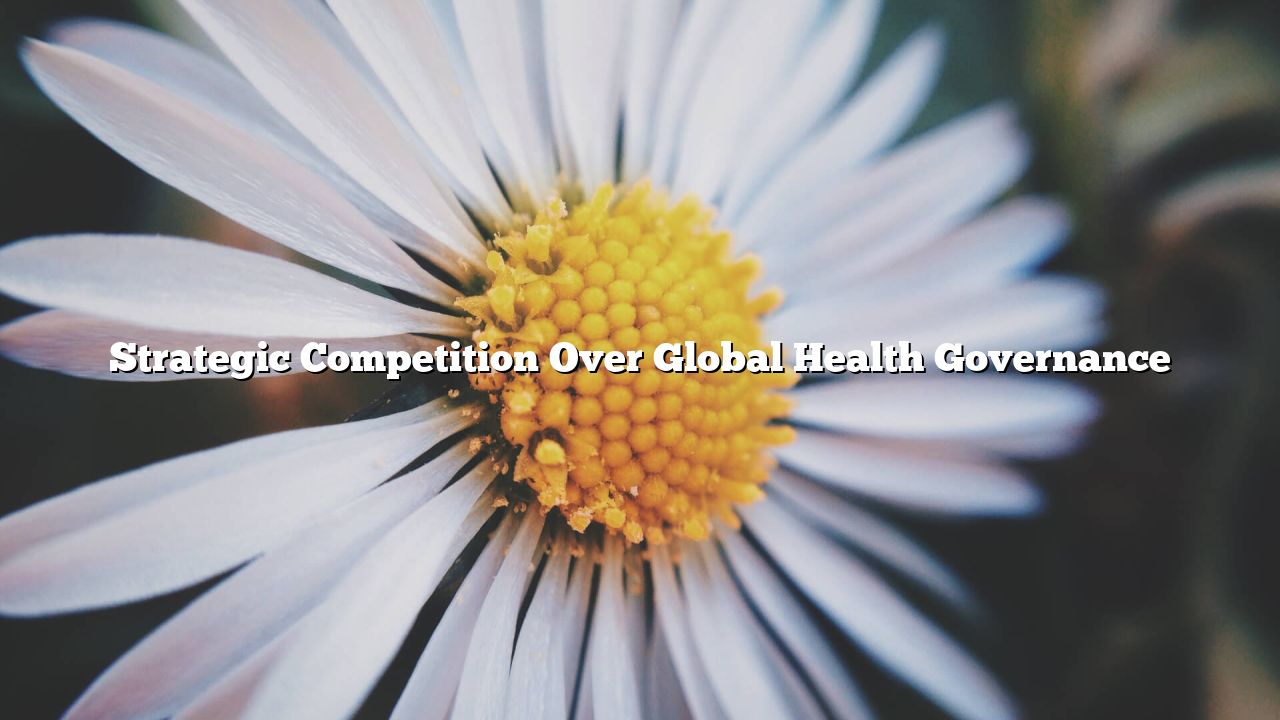Global health has emerged as a critical arena for geopolitical competition. Beyond humanitarian imperatives, control over vaccines, medical technologies, health Pokemon787 alternatif infrastructure, and regulatory standards has become a structural instrument of statecraft. Nations that dominate global health governance can influence industrial flows, diplomatic alignment, and development trajectories in both allied and partner states.
China has leveraged health diplomacy to extend strategic influence. Through the Belt & Road Health Initiative, vaccine distribution, and medical technology exports, Beijing embeds operational and technical dependence into partner nations. Chinese-funded hospitals, research collaborations, and logistics networks create structural leverage, subtly aligning recipient states with Chinese governance models and industrial standards. The COVID-19 pandemic demonstrated the power of such instruments, with vaccine access and medical aid becoming central tools of geopolitical influence.
The United States pursues a dual strategy combining domestic innovation with coalition-based global initiatives. U.S. leadership in biomedical research, advanced vaccine platforms, and global health partnerships through organizations such as Gavi and the Global Fund enables Washington to influence both policy and industrial infrastructure abroad. By linking assistance to regulatory alignment, operational transparency, and industrial collaboration, the U.S. ensures that recipient nations integrate into networks compatible with American strategic objectives.
Europe emphasizes normative and regulatory leverage in global health. The EU’s standards for pharmaceuticals, medical devices, and pandemic response protocols create incentives for partner countries to align with European frameworks. Additionally, European development finance supports health infrastructure projects, ensuring long-term integration into global industrial and technological networks. Brussels’ approach, though less overtly coercive, effectively embeds influence through compliance and standard-setting.
Emerging economies, particularly in Africa, Southeast Asia, and Latin America, navigate a complex health governance landscape. Decisions on vaccine procurement, pharmaceutical partnerships, and research collaboration carry structural implications for national autonomy. Partnering with dominant powers can accelerate industrial and technological capacity but may also create dependencies that influence broader policy decisions, including economic, trade, and diplomatic alignment.
The strategic importance of health governance extends to industrial and technological domains. Control over vaccine production, medical AI systems, genomic research, and global logistics networks provides leverage over partner economies, supply chains, and innovation hubs. Nations that lead in these areas gain influence without requiring military deployment, demonstrating the power of soft structural instruments in shaping multipolar geopolitics.
The structural insight is clear: global health governance is no longer a peripheral concern. It is a strategic domain, where industrial capacity, technological development, and regulatory influence intersect to determine global alignment. States that fail to secure health infrastructure autonomy risk exposure to dependency, diminished bargaining power, and constrained industrial trajectories.
In conclusion, the geopolitics of global health illustrates the subtle yet powerful ways states project influence in the multipolar era. Dominance in vaccines, medical technologies, and health infrastructure serves as a strategic lever, shaping economic, technological, and diplomatic networks. Nations that master this domain will wield enduring structural power in the decades ahead.
